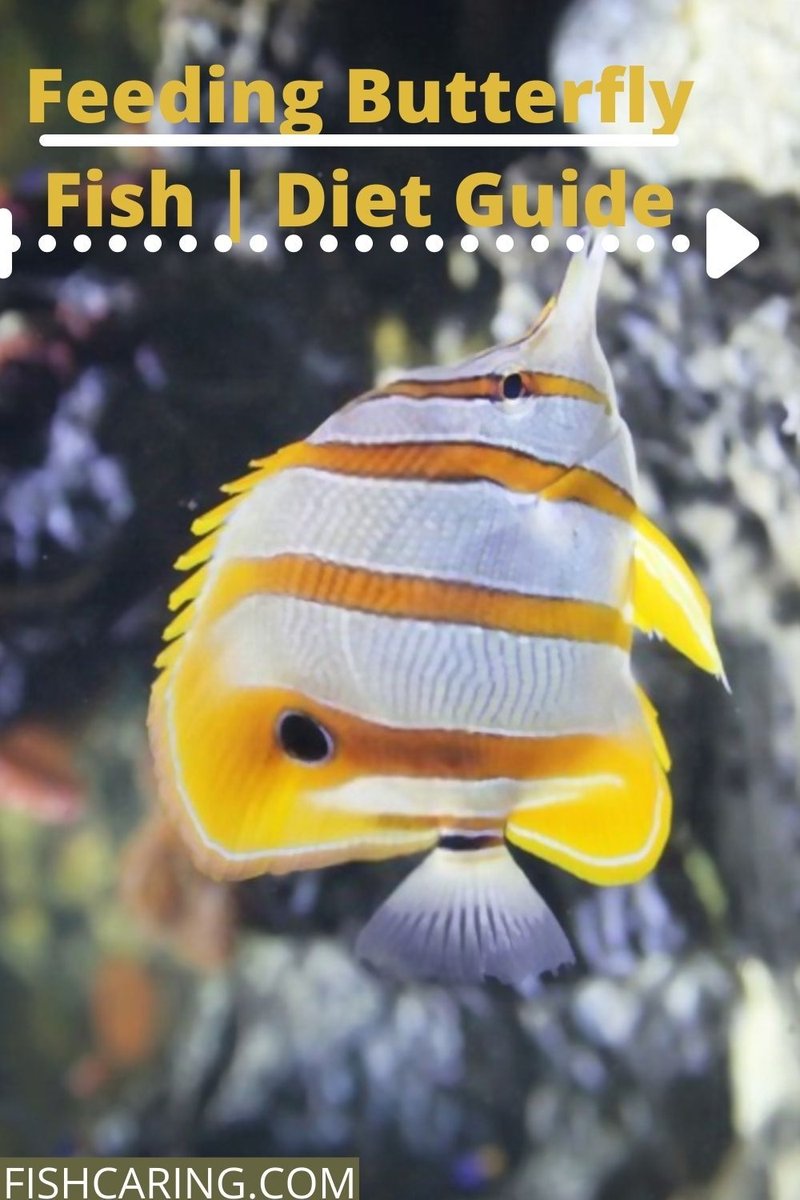
Let’s dive into what these colorful fish munch on and how it affects their health and happiness. Think of it like preparing a recipe—getting the right ingredients is key to ensuring a healthy meal. Just as you wouldn’t just toss anything into your dinner plate, butterflyfish have specific dietary needs that must be met to thrive.
Understanding Butterflyfish Diet
Butterflyfish are unique little beings, known for their beauty and their specialized diets. Their eating habits can vary widely based on their species and habitat. In the wild, most butterflyfish feast primarily on coral polyps, tiny soft-bodied animals that live on coral reefs. Imagine snacking on a collection of tiny marshmallows—each a polyp clinging to the reef!
But it’s not just coral polyps they enjoy. Some butterflyfish also nibble on small invertebrates, algae, and even zooplankton. It’s a bit like being at an all-you-can-eat buffet, with different foods available depending on where they are swimming. So, the next time you spot one, think about what delightful morsels might be on their menu!
Feeding Guidelines for Butterflyfish
If you’re lucky enough to keep butterflyfish in an aquarium, feeding them correctly is vital. Here are some key points to keep in mind:
- Variety is Key: Just like humans, butterflyfish benefit from a diverse diet. Offer them a mix of meaty foods like shrimp and fish, along with vegetables like spirulina or frozen algae.
- Quality Foods Matter: High-quality flake or pellet foods specifically formulated for marine fish can provide essential nutrients. Look for products that list whole fish or seafood as the first ingredient.
- Frequency of Feeding: Most butterflyfish do well with two to three small feedings each day. It’s better to feed smaller amounts more often than to overload them in one sitting, which can lead to health issues.
You might wonder how to ensure they’re getting enough. Keep an eye on their behavior! If they seem eager to eat and are actively searching for food, you’re likely hitting the mark.
Common Foods for Butterflyfish
Let’s break down some common foods that can keep your butterflyfish happy and healthy:
1. Frozen Foods
Frozen foods can be a real lifesaver. Options like mysis shrimp, brine shrimp, and even fish eggs are not just delicious treats, but they also mimic what these fish would find in their natural environment. Just make sure to thaw them out before offering them!
2. Live Foods
If you’re feeling adventurous, some aquarium owners choose to feed their butterflyfish live foods like brine shrimp or daphnia. While it can be a bit messy, the excitement of chasing live food is often irresistible for these fish!
3. Dry Foods
Don’t shy away from dry foods, either. High-quality flakes or pellets designed for marine fish can be a convenient option. Look for ones that include spirulina and other seaweed; this mimics their natural grazing habits and supports their health.
What to Avoid Feeding Butterflyfish
While it’s essential to know what butterflyfish can eat, it’s just as important to identify what to avoid. Here’s a brief list of common mistakes:
- High-Fat Foods: Avoid feeding them fatty foods or those meant for freshwater fish, as these can lead to obesity and health problems.
- Processed Foods: Stay away from processed or overly salty foods, which can wreak havoc on their systems.
- Live Foods from Unverified Sources: If you’re opting for live food, make sure it’s from a trusted source to prevent introducing diseases into your tank.
Feeding your butterflyfish can feel like solving a puzzle. You want to piece together their favorite foods without compromising their health.
Signs of a Healthy Butterflyfish
Understanding your fish’s health can often begin with their eating habits. Here are some signs that your butterflyfish is doing well:
- Eager Eating: If your butterflyfish quickly responds to feeding time, it’s a good indicator they’re healthy and happy.
- Vibrant Colors: Healthy butterflyfish should display bright and vivid colors. Dull colors can indicate stress or health issues.
- Active Swimming: A lively butterflyfish that swims around, exploring its environment, is generally in good health.
You might be thinking, “What if my fish isn’t eating?” Well, that’s a common concern. Stress, new environments, or water quality can all play a role. A little observation goes a long way!
Tips for Feeding in an Aquarium
Maintaining a healthy feeding routine for your butterflyfish in an aquarium can be a bit of an art. Here are some practical tips:
- Use a Feeding Ring: If you have multiple fish, consider using a feeding ring to keep food contained in one area. This helps ensure that all fish get a chance to eat.
- Feed After Lights Out: Some fish are more comfortable eating when there’s less activity. Try feeding them in dim lighting to see if they respond better.
- Monitor Water Quality: Regularly check your tank’s water parameters. Poor water quality can affect appetite and health.
Finding the right rhythm to feed your butterflyfish makes sure you’re offering a variety while keeping the tank’s environment stable.
Feeding butterflyfish isn’t just about tossing in some food and calling it a day. It’s about understanding what they need to thrive and keeping them healthy and vibrant. By offering a varied diet rich in nutrients and monitoring their health closely, you can help these beautiful fish live long, happy lives in your aquarium.
So, next time you watch your butterflyfish dance gracefully through the water, you can feel good knowing you’re providing the best for them. After all, a well-fed butterflyfish is a happy butterflyfish!

